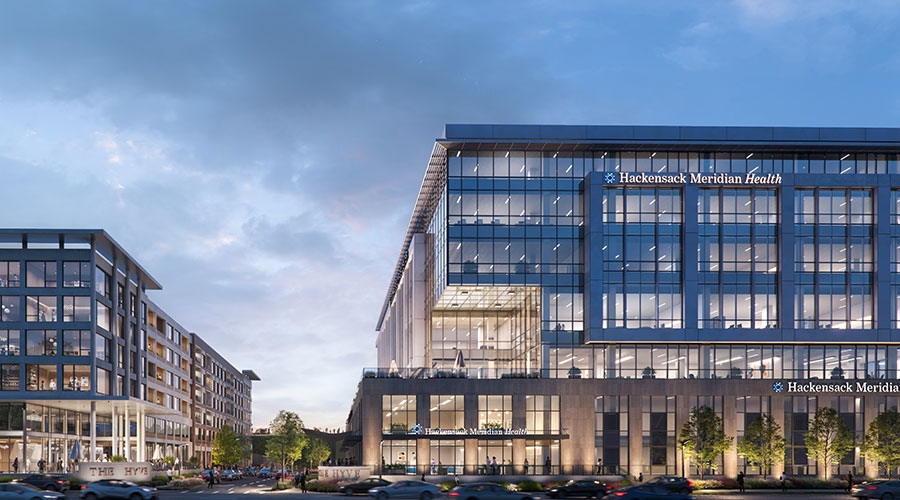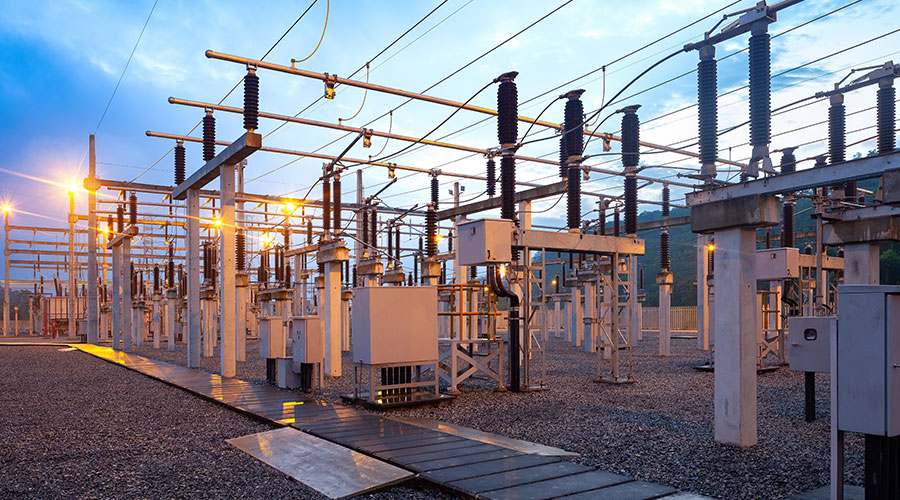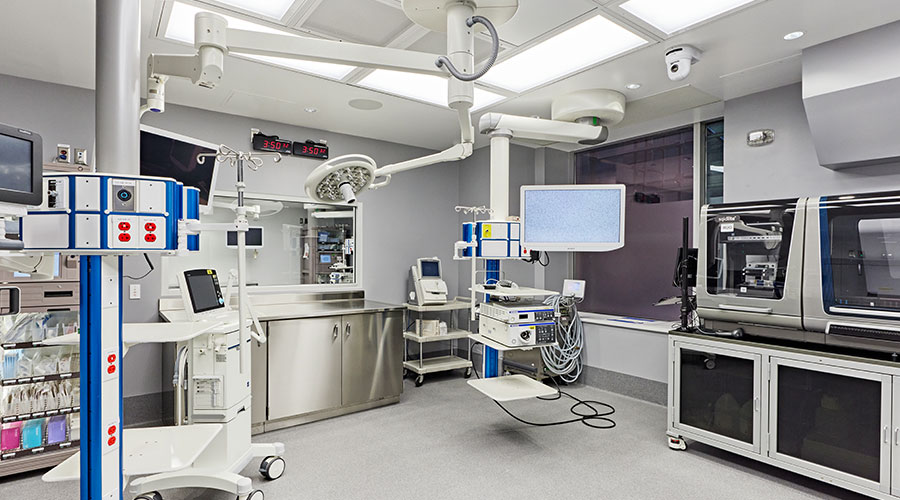Hospitals are among the largest commercial consumers of energy. They operate 24 hours a day, seven days a week to serve patients seeking care and clinicians who perform care services.
From environmental systems that maintain humidity levels and proper pressurization to equipment that generates steam to sterilize devices for procedures, every hospital process requires energy to operate within its strict health and environmental parameters.
In healthcare facilities, energy efficiency and sustainability are high on the priority list, but patients come first. That is why minor changes, such as dimming the lights and turning down the thermostat, are not enough to move the dial on energy use. Patients shivering in their rooms is not acceptable.
COVID-19 and energy use
As a new year begins amid a COVID-19 surge and volatility in the natural gas market, healthcare facility managers must balance patient care with energy efficiency to ensure the greatest results in both areas.
COVID-19 was behind increased energy footprints for most hospitals due to an increase in ventilation needs and plug loads. Beyond those demands, HEPA filter scrubbers, anterooms and additional medical equipment to support sick patients all created higher demand for energy, and facilities took energy-recovery wheels offline as a precaution to prevent exhaust air from mixing with ventilation air.
Energy-recovery wheels allow facilities to put exhaust air through a medium that transfers it back into supply air. At the onset of COVID-19, facility guidelines mandated that there could be no more than 5 percent leakage from exhaust air to supply air. Since COVID-19 is an airborne disease, facility managers had to ensure they did not mix potentially contaminated and clean air, and energy wheels might not meet that standard.
In the past two years, though, we have learned that recommissioning is the answer for this system. Energy-recovery wheels are great energy saving devices, and recommissioning them to ensure filtration works properly becomes a net gain in energy savings and patient safety.
Optimizing existing assets
With challenges disrupting the worldwide supply chain, managers should prioritize the optimization of existing assets in 2022. Retrocommissioning and recommissioning are all about optimizing existing assets – making sure the hydronics system is pumping optimally, the outdoor air dampers and economizer modes are working correctly, building automation system sequences and end devices are functioning as designed, variable-frequency drives are modulating off top speeds, and heating and cooling systems are reviewed for optimum operations.
Implementing new technology
As new technologies become available for healthcare facilities, they introduce higher levels of sophistication. This change means maintenance and engineering technicians need more training and education on how the technology works and how to maintain the systems so they produce the desired results. Who will own the education, maintenance and vendor relationships of these products?
More important, though, is implementing point-of-use systems and products. For example, this means moving sterilization processes off high-pressure house steam. We can create and use steam when and where we need it, rather than have it idling 24 hours a day.
One step further is moving to electricity. Retrocommissioning kitchens to ensure all appliances are electric reduces the reliance on natural gas and ultimately minimizes a facility’s environmental impact.
This is not a one-size-fits-all solution. The answer depends on location. Converting Scope 1 emissions to Scope 2 – exchanging natural gas for the electric grid – is not an automatic savings. If the electric grid still burns coal, for example, transferring to the grid does not provide a net gain. The focus must remain on reducing Scope 1 emissions, not simply rearranging Scope 1 and Scope 2 sources.
Technologies for such processes as localizing steam generators have been around for a while, but many of them have not yet been implemented into existing healthcare applications. While the technologies are proven, the biggest barrier healthcare facilities face in streamlining and improving their energy efficiency is the application of these new technologies in existing systems.
Ultimately, the answer to these questions comes back to one word: sustainability. Not every HVAC retrofit is the right fit for every facility, just as dimming the lights is not the right fit for every ward of a hospital.
Managers need to understand what is working well in a facility and what is not. They need to understand the way the environment affects patients and their care. Ask about the products that have the lowest energy life-cycle cost, as well as what is most sustainable. Balancing patient care and energy efficiency will almost always be best achieved when sustainability is the driver.
Scott Czubkowski, P.E., CHC, serves as the national director for energy and facility performance at Medxcel.

 Thousands of Healthcare Workers Laid Off
Thousands of Healthcare Workers Laid Off Construction Tops Off at Hackensack Meridian Health and Wellness Center
Construction Tops Off at Hackensack Meridian Health and Wellness Center 8 Operational Considerations for All-Electric Central Plants
8 Operational Considerations for All-Electric Central Plants Novant Health Breaks Ground on New Facilities in South Carolina
Novant Health Breaks Ground on New Facilities in South Carolina Building an Organ Regeneration Lab at UHN's Toronto General Hospital
Building an Organ Regeneration Lab at UHN's Toronto General Hospital